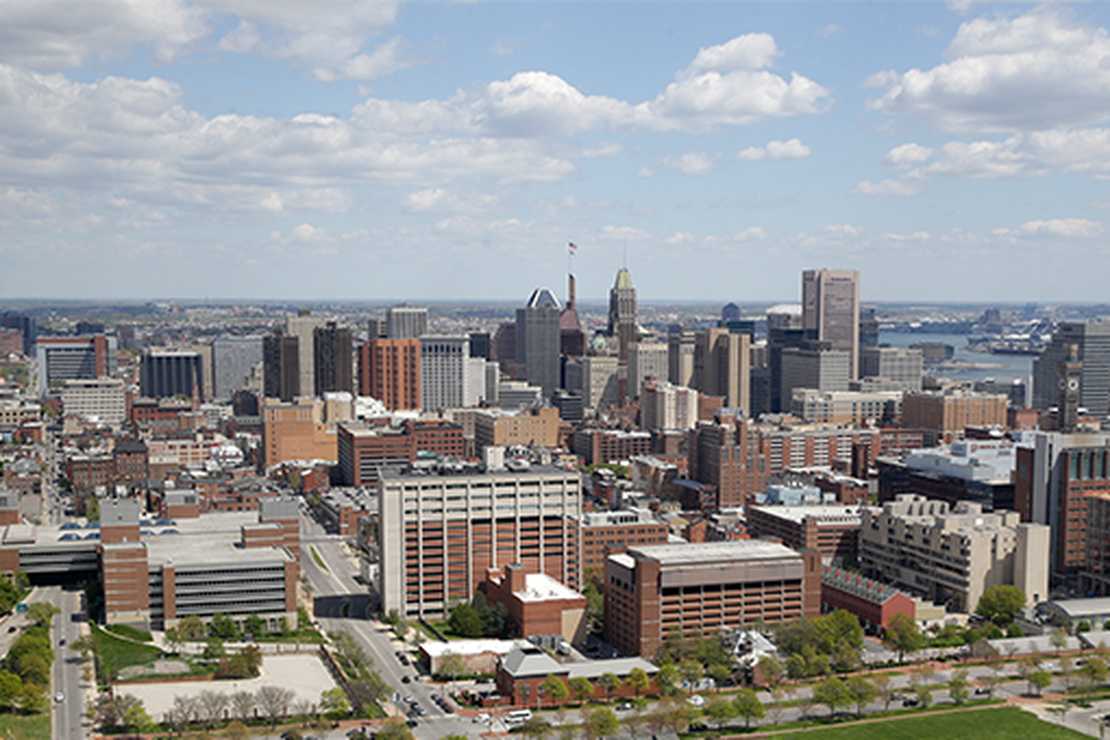The fringe left, to include adviser to Joe Biden Rep. AOC, is emboldened and fixed on the notion that defunding police or at least dismantling their agencies and starting over is going to fix everything. The idea seems to have sprung up out of nothing and purely as an overreaction to the tragic police killing of George Floyd. But it didn’t. Two U.S. cities, both on the east coast, have taken some form of this approach to reforming their police departments. For a variety of reasons, the two cities have not experienced the same outcome.
First, Camden, New Jersey. Despite a national downward trend in violent crime, Camden saw violence spiking. Excessive force complaints against police officers were also on the rise. NPR, which should be defunded, reports that Camden dissolved its police force and started over. And it seems to have worked.
Camden, N.J., took its own big step in 2013. The city was in a public safety crisis, with murder rates 18 times the national average and scores of excessive-force complaints, when the mayor and City Council dissolved the existing police department and created a countywide force in its place.
A majority of the police were rehired, but each had to complete a 50-page application, retake psychological testing and go through an interview process, former police Chief Scott Thomson said. He led the county police from 2013 to 2019 and the city’s force before then.
The department instituted other changes, including putting more officers on the street on a regular basis, getting to know the community and changing the way an officer’s performance was measured — not by the number of arrests or tickets issued, but other outcomes.
So they didn’t just “defund” or “dismantle” the police, or create a “police free society” as some on the left are advocating. Common sense should tell anyone who has it that fewer police means more crime. What Camden actually ended up doing was put more police on the streets; beef up its screening for hiring officers to get better ones; and stop incentives based on things that may lead them to antagonize and even prey on citizens, such as arrest and ticket quotas.
One of the most important reforms Camden made is one that very few Democrat-controlled cities or states will entertain. They removed unions from the equation.
Camden County Freeholder Director Louis Cappelli says the relative harmony between police and community is a result of the city taking the radical step seven years ago to disband the police force – tearing up union contracts and replacing the department with a larger county police force more focused on neighborhood patrol and respect.
As we’ve noted before, police unions tend to protect officers with discipline problems.
Far from a radical reform pushed in the current hothouse environment, Camden appears to have approached its reforms with thought and deliberation. The reform has gotten results.
Homicides have gone down from 67 in 2012 to 25 in 2019. Excessive-force complaints went from 65 in 2012 to three last year, Thomson said.
We can return in another year or two and see how things are going.
Let’s look at another city that dismantled its police: Baltimore, Maryland. Baltimore is consistently one of the top five most violent cities in America. That’s a shame because with its seafood, its museums, John Hopkins, its port, and its history it could be the gem of the Chesapeake. Instead, it’s a crime-ridden city with an awful image — the self-described Charm City is more like Harm City.
After Freddie Gray died in police custody and the riots that followed in 2015, Baltimore did not follow Camden’s example. Alec MacGillis wrote about the Tragedy of Baltimore for the New York Times Magazine:
In 2016, the United States Department of Justice’s Civil Rights Division concurred, releasing a report accusing the city’s Police Department of racial discrimination and excessive force. The city agreed to a “consent decree” with the federal government, a set of policing reforms that would be enforced by a federal judge. When an independent monitoring team was selected to oversee the decree, Guy was hired as its community liaison. This was where she wanted to be: at the forefront of the effort to make her city a better place.
But in the years that followed, Baltimore, by most standards, became a worse place. In 2017, it recorded 342 murders — its highest per-capita rate ever, more than double Chicago’s, far higher than any other city of 500,000 or more residents and, astonishingly, a larger absolute number of killings than in New York, a city 14 times as populous. Other elected officials, from the governor to the mayor to the state’s attorney, struggled to respond to the rise in disorder, leaving residents with the unsettling feeling that there was no one in charge.
That perception was not precisely correct. There was always someone in charge. Those in charge tended to be corrupt. Two of Baltimore’s last four mayors have been convicted of crimes and gone to jail. Baltimore’s leaders have swung from a strategy of arresting criminals and getting them off the streets, which was working, to not doing that. Leaving more criminals on the streets. And crime has shot back up.
By the time (Martin) O’Malley, a Democrat, was elected governor of Maryland in 2006, crime rates, including murders, had fallen across the board, but at a cost. Arrests had jumped to 101,000 in 2005 from 81,000 in 1999 — leaving a city full of young men with criminal records and months and years away from jobs and families.
Crime down, arrests up. Could there be a correlation?
Baltimore failed, and has been abandoned by its own party. Voters have almost returned one of Baltimore’s two convicted mayors, Sheila Dixon, to the mayor’s office in a very close election.
